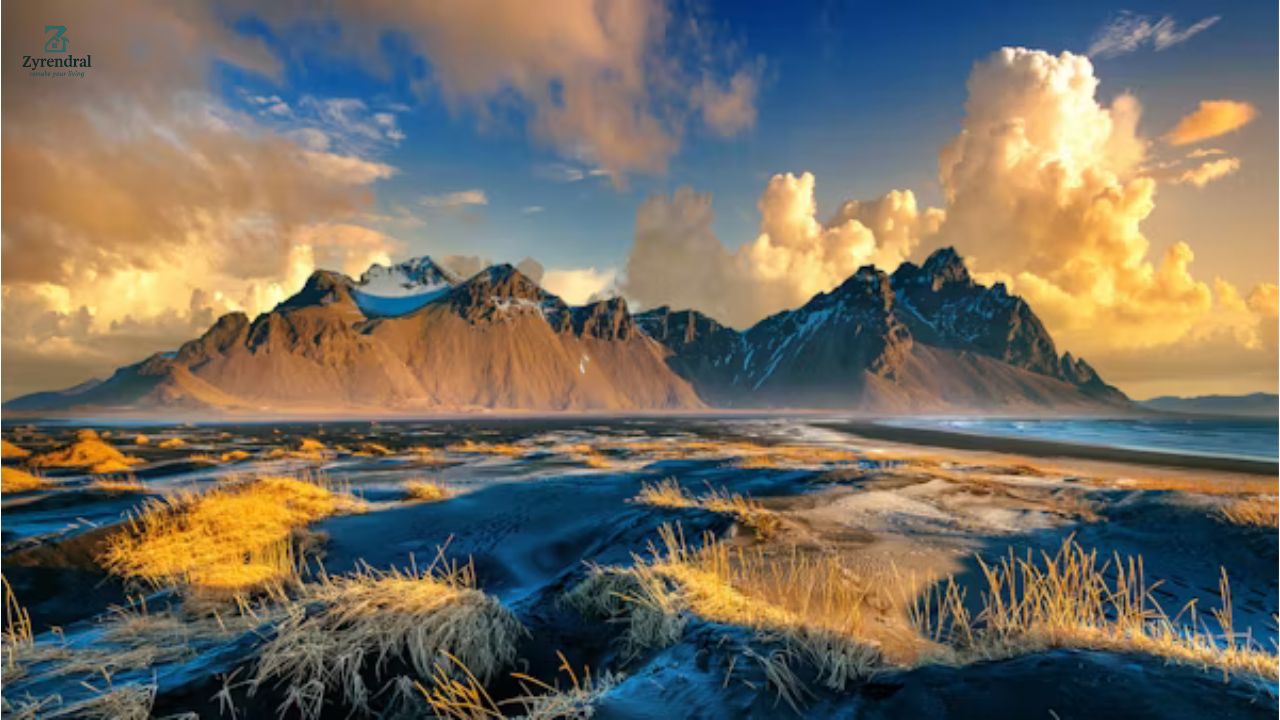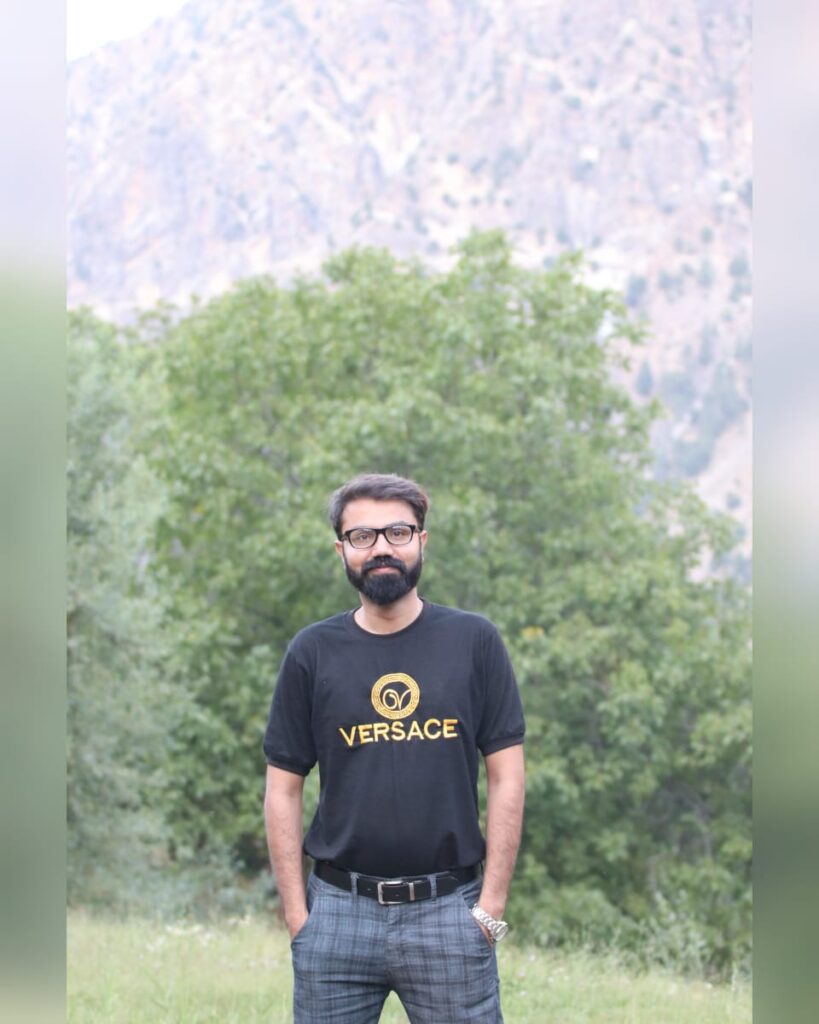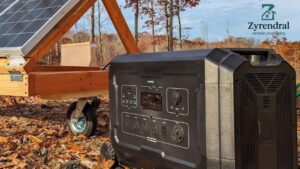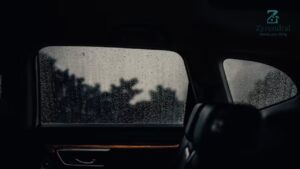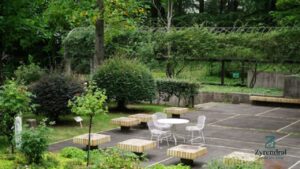Capturing breathtaking landscapes often starts with the right lens and technique. With landscape wide angle photography, you can elevate your photo game, conquering vast sceneries, dramatic skies, and exaggerated perspectives—all in a single frame. Whether you’re a budding photographer or a seasoned expert, this in-depth guide will teach you everything about mastering wide-angle photography.
Table of Contents
ToggleQuick Overview of Landscape Wide Angle Photography
| Feature | Details |
|---|---|
| Best Lenses | 16-35mm, 10-18mm wide-angle lenses |
| Key Techniques | Composition, lighting, focusing, proper framing |
| Best Time to Shoot | Golden hour (just after sunrise and before sunset) |
| Common Challenges | Distortion, overexposure, unwanted light flares |
| Recommended Gear | Sturdy tripod, polarizing or ND filters, lens hood |
Explore each element in detail below to refine your skills and capture show-stopping shots.
Why Choose Wide Angle Photography for Landscapes?
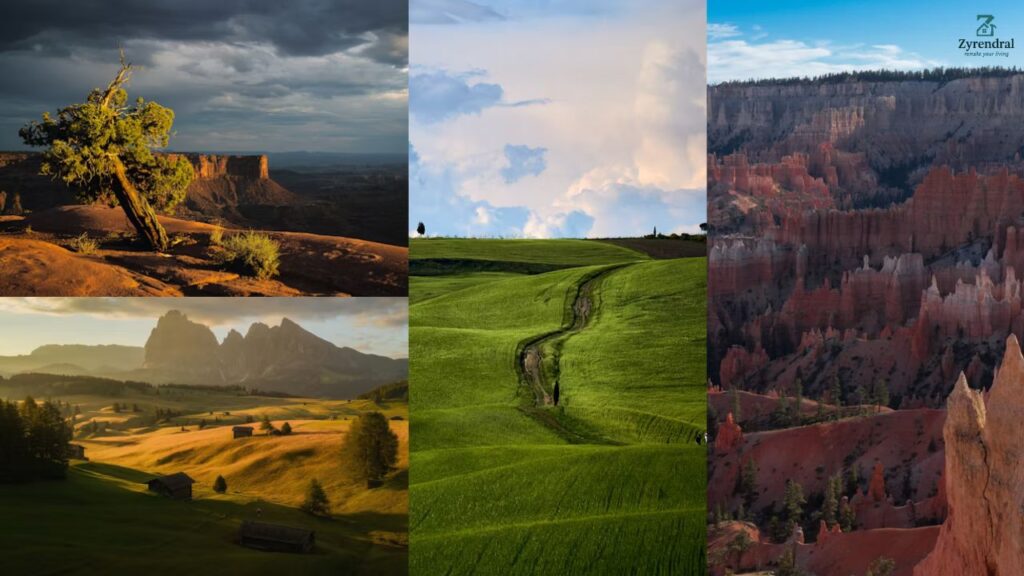
Wide-angle lenses are essential for creating depth and scale, making your landscapes feel larger than life. These lenses allow you to include more elements in the frame without compromising on detail.
Key Benefits:
- Enhanced Perspective: They stretch the foreground, leading to dramatic angles.
- Broader Canvas: Capture sprawling vistas in their entirety.
- Storytelling: Wide angles place the viewer at the heart of the scene.
For instance, using a 16mm lens, you can photograph a mountain range, bringing attention to tiny flowers in the foreground while maintaining clarity in distant peaks.
Transform Your Photos Dramatically
Including objects in the foreground, like rocks or driftwood, amplifies depth. Highlight contrasts between colors, textures, and light for a truly memorable shot.
Pro Tip: Adjust aperture settings between f/8 and f/11 for sharp, clear images across the frame.
Essential Tools and Techniques for Landscape Wide Angle Photography
Perfect Gear for Wide Angle Success
Lens Recommendations
- Canon EF 16–35mm f/4L IS USM: Reliable and sharp — excellent for enthusiasts and professionals.
- Nikon Nikkor Z 14–24mm f/2.8 S: Exceptional image quality even in low-lit settings.
- Sony FE 12–24mm f/4 G: Ultra-wide coverage with uncompromised sharpness.
Other Must-Have Equipment
- Tripod: Prevents blur while using slower shutter speeds in low light.
- Filters (Polarizing/ND): Manage reflections and balance light intensity.
- Lens Hood: Reduces glare caused by sunlight.
Using quality gear ensures optimal results, minimizing the risks of blurry or distorted edges that wide-angle lenses sometimes produce.
Mastering Camera Settings
Achieve high-quality landscapes by tweaking your settings:
- Aperture (f/8 to f/11): Ensures depth of field, sharp edges, and creamy textures for skies.
- ISO (100 or lower): Maintains image sharpness and avoids grain.
- Shutter Speed: Adjust based on available light; long-exposure works wonders for capturing moving water or clouds.
Quick Tip: Experiment with manual focusing for intricate detail when shooting foreground subjects.
Composition Techniques
- The Rule of Thirds: Place horizons on the upper or lower third for balance.
- Leading Lines: Use pathways, rivers, or shadows as guides toward a focal point.
Consider photographing during the golden hour, when the lighting is softer and adds a magical quality to landscapes.
—
Real-Life Examples from Renowned Photographers
Photographers like Ansel Adams excelled in portraying depth and clarity using wide-angle lenses, focusing on patterns and contrasts in nature. Similarly, contemporary artists like Chris Burkard often use extreme perspectives to create powerful, immersive scenes that instantly grab attention.
- Real Review: “Wide-angle photography transformed my portfolio entirely! Mountains seem majestic, and sunsets feel alive,” shared Julia R., an accomplished nature photographer. (Rated 5/5 stars for effectivity.)
Challenges & Solutions
- Issue: Barrel distortion (scene looks rounded).
- Fix: Crop or use lens correction software during post-processing.
- Issue: Overexposed skies.
- Fix: Use graduated ND filters.
By addressing challenges proactively, your skills will grow exponentially.
Personal Reflections from a Photographer’s Journey
When I first ventured into landscape wide angle photography, it was overwhelming to manage composition, light, and depth simultaneously. But experimenting consistently, particularly by analyzing mistakes in RAW pictures during post-editing, helped me achieve mastery.
Key takeaway? Practice makes perfect—from equipment handling to predicting environmental behavior.
FAQs on Landscape Wide Angle Photography
1. Why do wide-angle lenses produce distortion?
Wide angles stretch the field of view dramatically, often curving edges. Adjustments in post-processing software like Adobe Lightroom can counteract this.
2. Can I use a smartphone for wide-angle photography?
Yes! Modern smartphones equipped with ultra-wide-angle lenses, like the iPhone 14 Pro, deliver high-quality results—perfect for casual or beginner-friendly photography.
3. What is the best focal length for landscape photography?
Focal lengths between 16 mm and 35 mm offer versatility and detail, achieving expansive shots without sacrificing clarity.
4. Do I need a filter for wide-angle photography?
Filters like polarizers help enhance contrast and reduce glare, while ND filters can balance exposure during bright afternoons.
5. What post-processing software works best?
Adobe Lightroom and Photoshop remain industry favorites. They handle distortion correction, dynamic range adjustments, and clarity enhancements seamlessly.
Final Thought
Mastering landscape wide angle photography is a rewarding pursuit that opens the door to awe-inspiring views and lasting memories. With the right blend of knowledge, tools, and creativity, you’ll transform ordinary scenes into extraordinary visual masterpieces.
Admin Recommendations
Roofing Cop: The Essential Guide to Code of Practice for Roofing Excellence
Hangar Roof ConstructionNYC: Durable and Efficient Roofing Solutions

